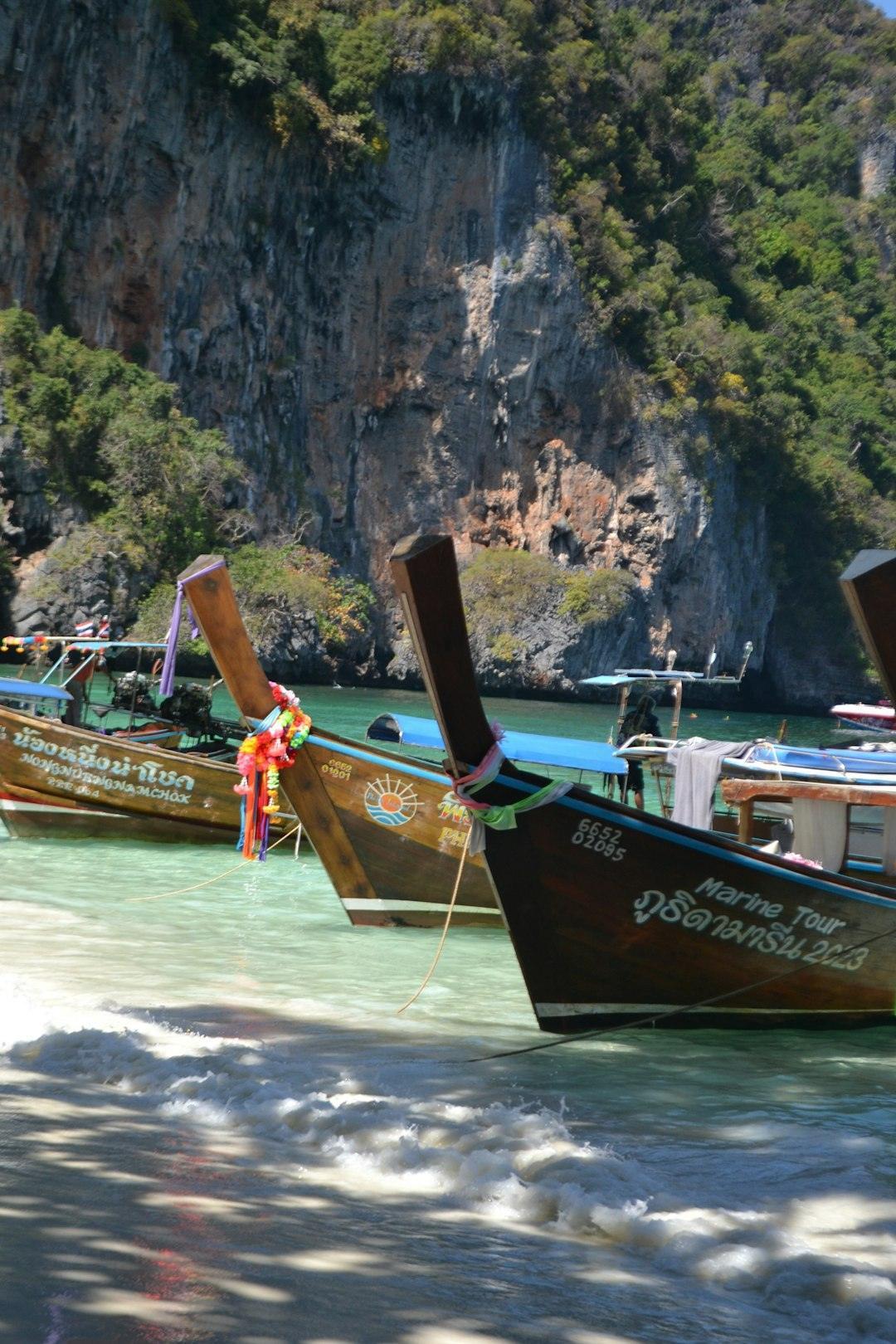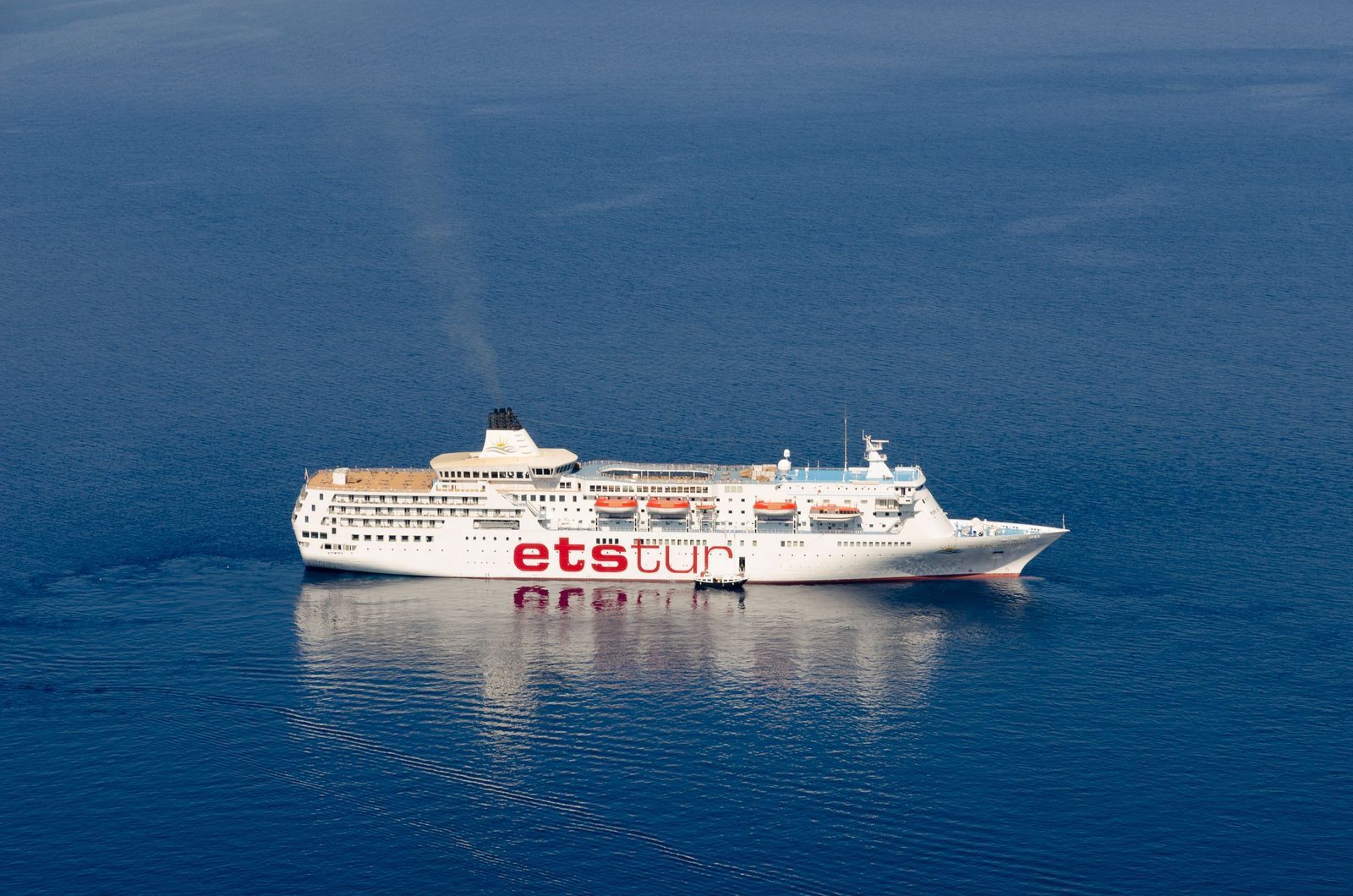7 Countries Where Culture Suffers From Tourism, Research Finds
Mass tourism is becoming one of the most pressing cultural threats facing our world’s most treasured destinations. After the quiet of the 2020 pandemic years, when cities and beaches reverted to residents, tourism has surged back, with the UN World Tourism Organisation (UNWTO) estimating 1.5 billion tourists in 2024. By the end of the decade, this figure may reach 2 billion, creating unprecedented strain on cultural heritage sites worldwide. Cultural: Overtourism erodes local culture and heritage, leads to vandalism of cultural sites, diminishes the spiritual integrity of significant locations, and displaces traditional businesses catering to locals.
The following destinations stand as sobering examples of how unchecked tourism can devastate centuries-old cultural traditions and threaten the very essence of what makes these places unique. Recent research reveals the alarming scope of this crisis.
Italy – Venice Faces UNESCO Warning Over Cultural Integrity

Venice’s overtourism problem is well known, with around 30 million visitors per year in a city of under 50,000 residents. This includes functional transformations of Venice and the lagoon historic centers caused by the replacement of residents’ houses with accommodation and commercial activities and services to the residence with tourism-related activities that endanger the identity and the cultural and social integrity of the property. Last September 2023, the number of tourist lodging beds actually surpassed the resident population for the first time. In 2014, Italy was given two years’ notice to change the direction of the situation in the city, yet tourism pressure remains a critical challenge for the property, continuing to exert a significantly detrimental impact on its OUV.
Spain – Barcelona Residents Take to the Streets

Barcelona, Spain suffers from severe overtourism, which resulted in 3,000 residents protesting on July 6 2024. Residents demanded reduced tourist numbers and for the government to prioritise fairer economies. With 12 million visitors recorded in the previous year, many locals have seen property rents escalate dramatically, forcing long-term residents out of their neighborhoods. Areas such as La Rambla have witnessed graffiti and protest banners demanding “Tourists Go Home”. In response to continued protests, Mayor Jaume Collboni announced plans to end short-term rentals in Barcelona by 2028 and raise the tourist tax on cruise ship visitors.
Japan – Kyoto’s Traditional Culture Under Siege

Kyoto has experienced a significant surge in tourism, with the historic city struggling to manage large numbers of international and domestic visitors. Kyoto, Japan: overtourism has caused social tensions, marginalised residents, and led to a ban on tourists entering private alleys in the Geisha district due to misbehaviour. The historic district that was once a peaceful area for traditional culture has become overwhelmed by tourist crowds seeking Instagram shots with geishas. For Kyoto, Japan, its rich cultural heritage is a lure for mass tourism and has led to the emergence of kankō kōgai, or “tourism pollution”, where the city is challenged with trying to control visitor flows and manage tourism adequately. Despite these efforts, consequences like gentrification, reduced resident quality of life, and emerging homelessness persist. Points underscore the urgency for integrated planning that balances tourism growth with resident well-being and sustainability.
Thailand – Sacred Sites Damaged by Mass Visitation

In 2018, stated in IJTC (International Journal of Tourism City), Thailand’s Phi Phi Islands and Maya Bay welcomed up to 6,000 daily visitors resulting in overtourism. The government temporarily closed the island from 2018 to 2022 to recover from the effects of overtourism. Boracay Island, Philippines, Komodo Island, Indonesia and Maya Bay in Thailand are all examples of this environmental and cultural destruction. Some tourist destinations, such as Maya Bay, Thailand and Boracay Island in the Philippines have already been closed for a period of months to allow for the environment to rehabilitate naturally after excessive visitors. The closure demonstrates how severe the cultural and environmental damage had become.
Indonesia – Bali’s Sacred Mountains Under Threat

Outgoing Governor Koster issued new guidelines in 2023 for Bali’s development over 2025-2125, focusing on protecting nature, culture, and its local people. In 2023, the government announced a ban on tourist activities on all 22 of Bali’s sacred mountains. The island has seen a dramatic increase in tourist arrivals, and many local communities have protested against rapid, unchecked development. The replacement of sacred sites and traditional rice paddies with resorts and beach clubs has sparked widespread concern among residents and activists. Bali recorded around 5.3 million international visitors in 2023, with tourism numbers continuing to rise significantly. Once-pristine beaches like Kuta and Seminyak are now buried under piles of trash, with local waste management systems struggling to keep up, and the Bali Partnership estimates the island generates 1.6 million tons of waste annually.
Greece – Santorini Overwhelmed by Daily Cruise Ship Invasions

2024: Santorini, Greece – reports of up to 18,000 cruise passengers overwhelming the island daily, straining resources for its 15,000 residents. In 2024, protests emerged demanding reductions in cruise ship arrivals, citing the island’s limited capacity to handle mass tourism. Local business owners have voiced a desire for tourists who value Santorini beyond its social media appeal, seeking a balanced approach that supports economic opportunity without sacrificing quality of life. The sheer volume of visitors has transformed this traditional Greek island into what many locals describe as a daily invasion that threatens their cultural identity and way of life.
Ethiopia – Amhara Region Cultural Heritage at Risk

If it is managed properly, it contributes to the preservation and enhancement of cultural diversity and sensitivity. Otherwise, it can destroy the cultures of destination communities. Research conducted in Ethiopia’s Amhara Regional State reveals how tourism, while economically beneficial, poses significant threats to local cultural integrity when not properly managed. Mass tourism generates jobs, brings in revenue and enhances cultural learning but can also lead to a dependency on tourism, a loss of cultural identity, pressure on natural resources and environmental degradation. The study highlights how traditional communities face pressure to commercialize sacred practices and abandon authentic cultural expressions to satisfy tourist expectations.
Bali, Indonesia: Rising living costs, housing shortages, and erosion of cultural heritage due to tourist demands. Mass tourism has had severe environmental impacts but there are hopeful signs that sustainability is becoming central to the development agenda in the 2020s. These seven countries demonstrate that the threat to cultural heritage from overtourism is no longer theoretical but an urgent reality requiring immediate action. The evidence shows that without proper management, tourism transforms from a bridge between cultures into a bulldozer that destroys them.






